I’m bored, sitting here in EWR (Newark Liberty International Airpot) after what is probably the worst flight I’ve ever had in terms of service, and waiting now for my weather delayed connection to get into town so I can take it and then go back to Boston. I hate flying. You can guess what airline I’m flying by deduction.
So while I’m sitting here, bored, I figured I might as well blog, especially since I have pictures to show you. Thank god for Wifi in the airport (too bad you have to pay here — in HKG the Wifi at the airport is free!).
On the plane I’ve developed the habit of drinking the Yiwu maocha I have if I happen to be carrying it around, and this time on my lovely 14.5 hours flight it was no exception. I was finally starting to feel a bit of the caffeine headache at around 11pm Hong Kong time, after not having had tea for a whole day and some, so I took out my bag, brought it to the galley where the lazy flight attendants were sitting around reading Star!, and I asked for some hot water and put my tea in it.
The tea itself I won’t describe, as there is not much to say — it’s mild, sweet, kinda nice, kinda bland. The water is never hot enough for tea on the plane, so it’s really not a great way to drink tea. Oh well, it still beats the whatever mystery tea they are serving (I think it’s some really bad, overbrewed jasmine — didn’t try it this time).
Anyway, after drinking the tea, I laid out all the tea leaves I used and took some pictures, as it was a good way to kill time, among other things.
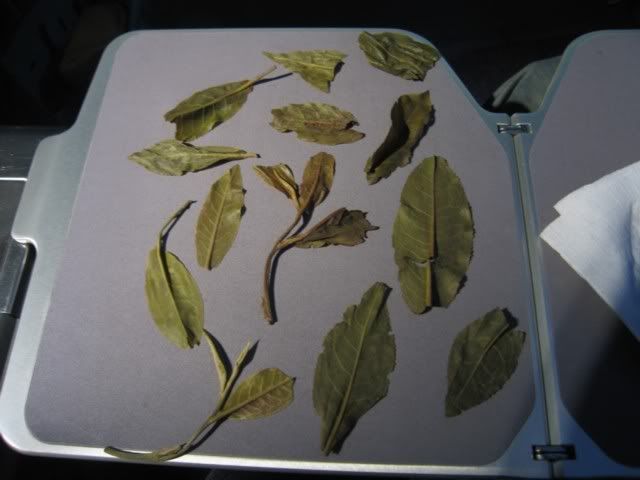
Some comparative pics — comments after
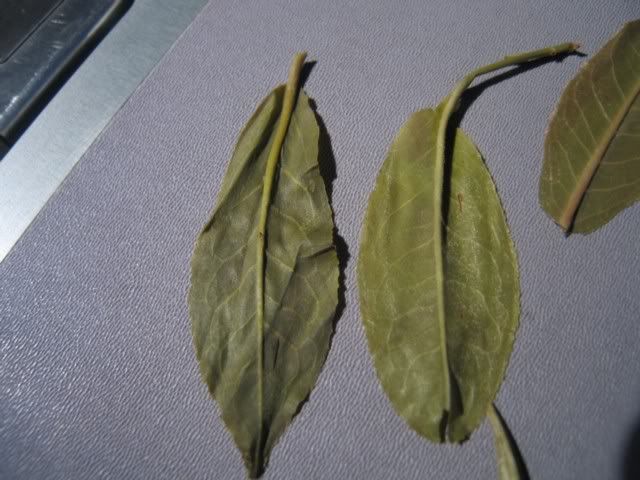
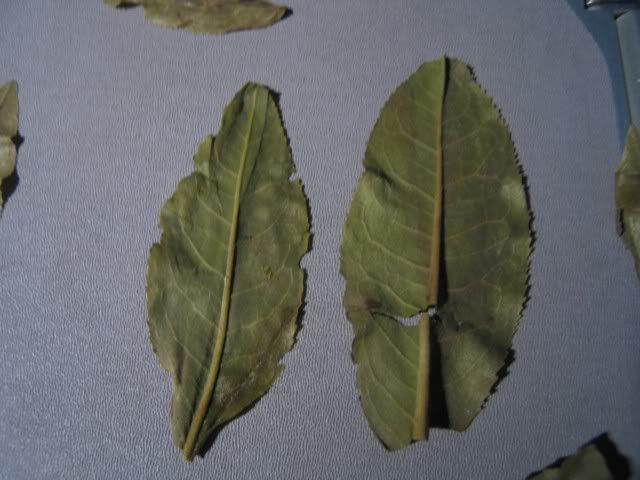
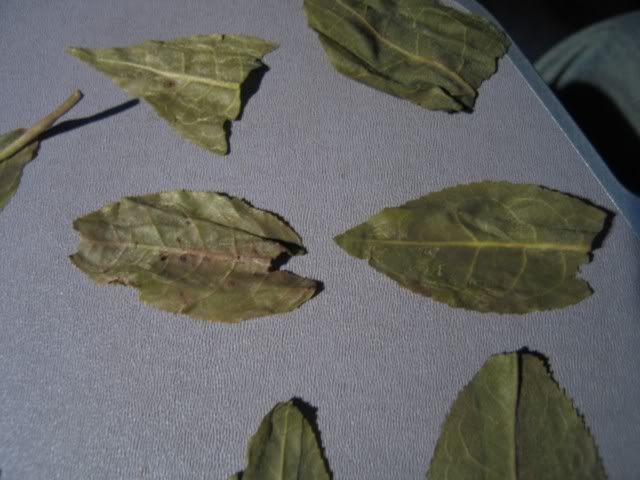
For the first two pictures in the above three… you can see two similarly sized leaves that are shaped quite differently. The ones on the left, with the thin, elongated shape and the pointy tip, is what I understand as a typical Yiwu leaf. The ones on the right, with the more rounded shape and no pointy tip, is what I understand to be NOT Yiwu like. I think that sort of shape is much more common in Menghai area leaves… nannuo, banzhang, jingmai, that sort of thing.
The third pic in the above three has a few broken leaves. The one on the top left is really pointy, and is only a tip of what looks to be a very large leaf. The two in the middle… the left one looks more like a Menghai type leaf, while the one on the right looks more like a Yiwu area type leaf. I’m not sure if this is really sceintific to any degree, and supposedly, with older trees, all the leaves look different because they are not planted by human intervention (i.e. not transplanted with branches from older trees). Instead, they were planted long ago using seeds. This means that the teas can have different genetic makeup. However, it does seem that different areas do have different kinds of teas, and so looking at the shape of the leaves can say something about where the teas came from. If I am not mistaken in this case… then I was probably right when I said, long time ago, that I thought this particular maocha tastes slightly confused with a few different kinds of teas mixed in, and not tasting quite like pure Yiwu.
I would really encourage everybody to take pictures of brewed leaves, and post them up. It is especially instructive when in a particular cake that is advertised as “xxx” that you find different kinds of leaves that look drastically different. It might be a sign of blending.
Lastly… a picture of a very nice, very furry bud. This is what I guess you can call “two spears, one flag”. Too bad the flag is slightly broken. I had to unpeel the bud myself to reveal the smaller bud in the middle, so perhaps this is really a “one spear, one flag”. I could sort of see a even smaller bud in there, but couldn’t quite get it out.
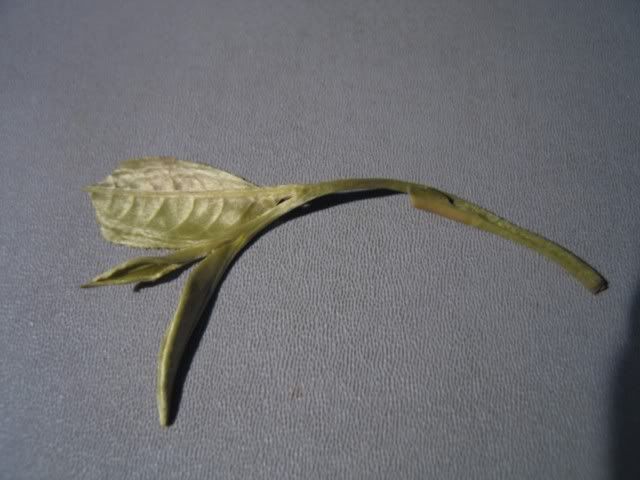
Back to waiting…


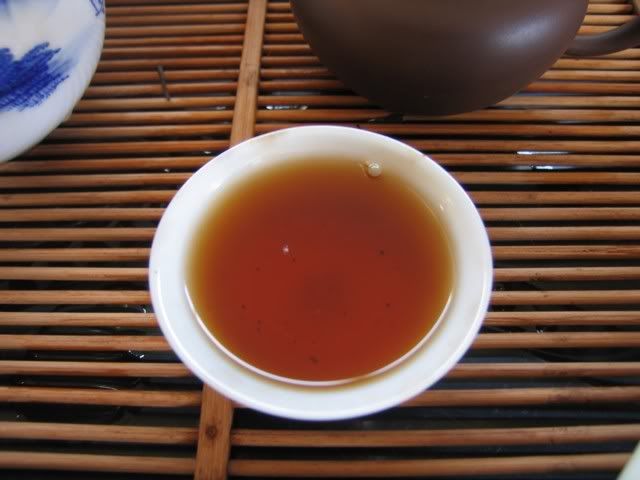
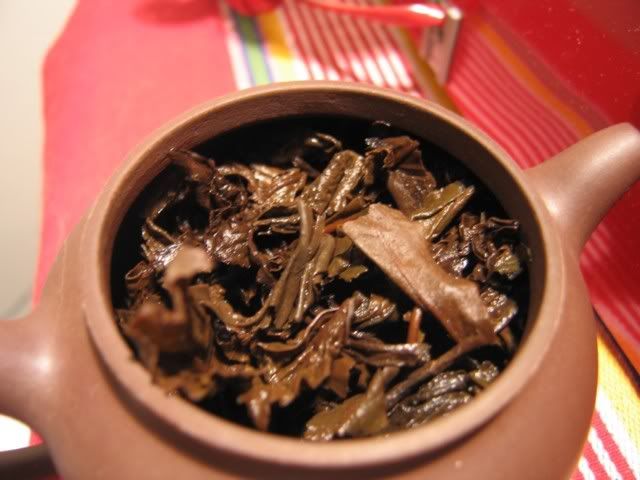






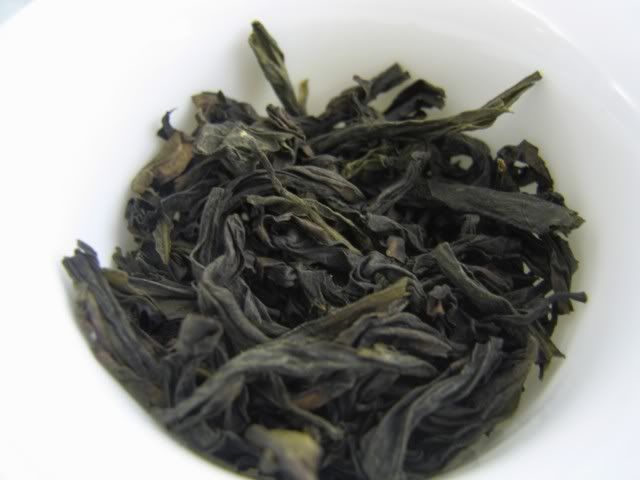
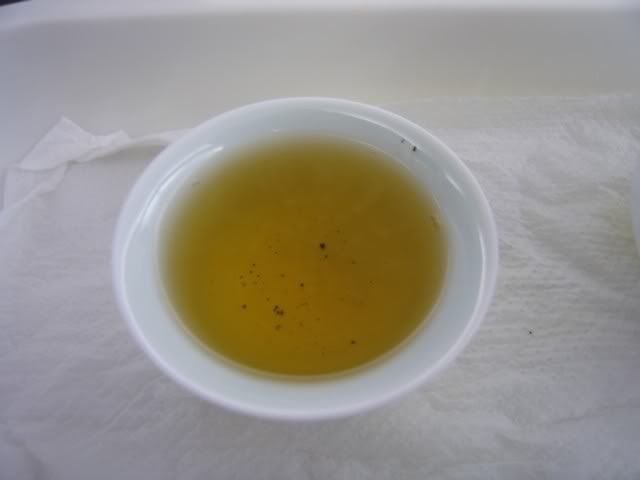
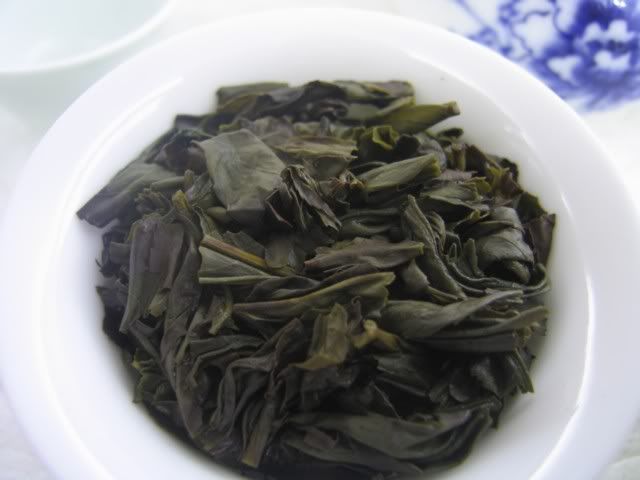
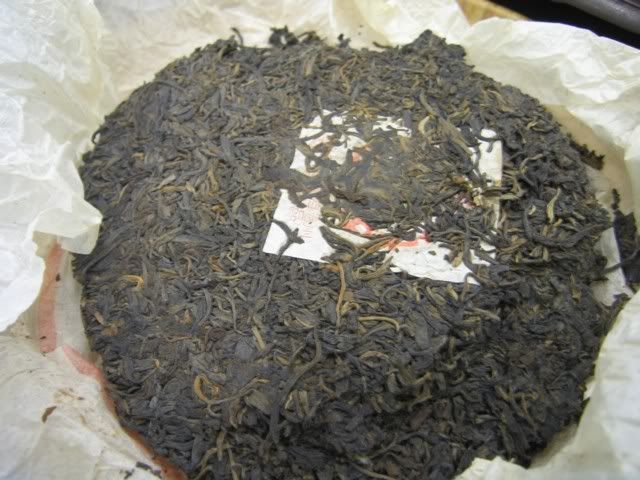
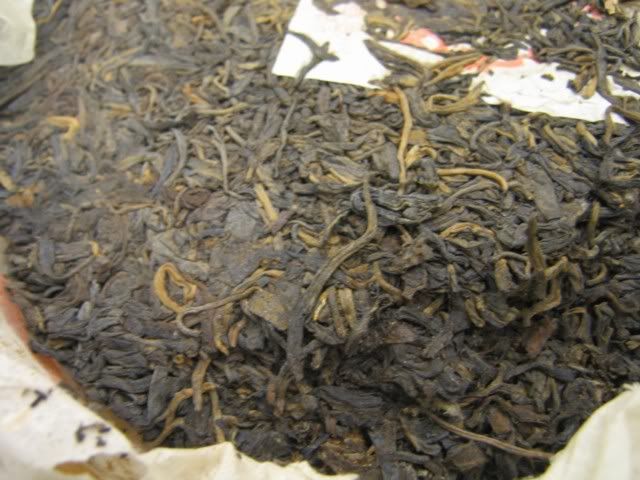
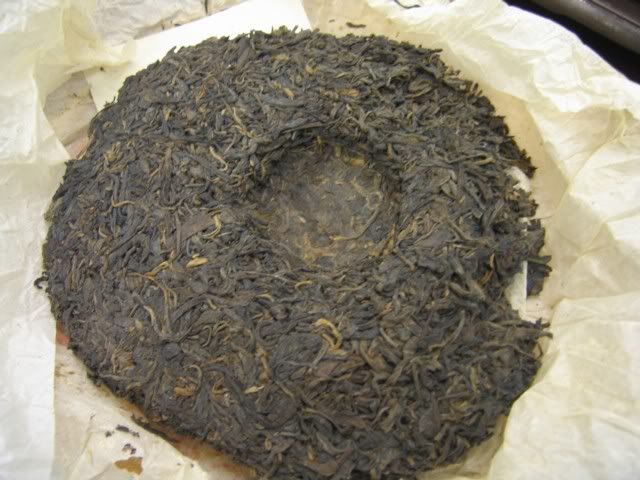
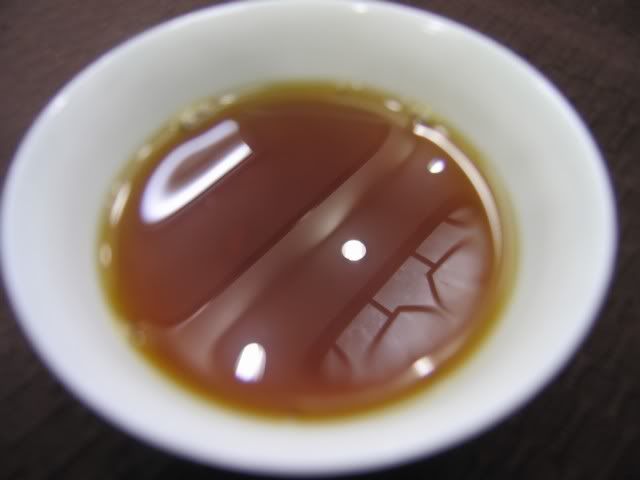
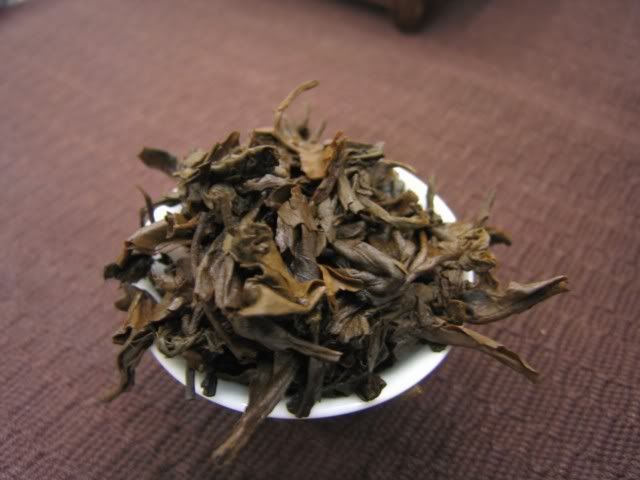
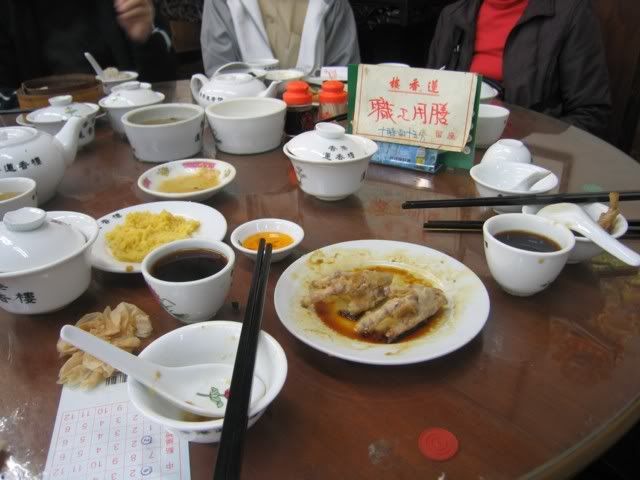
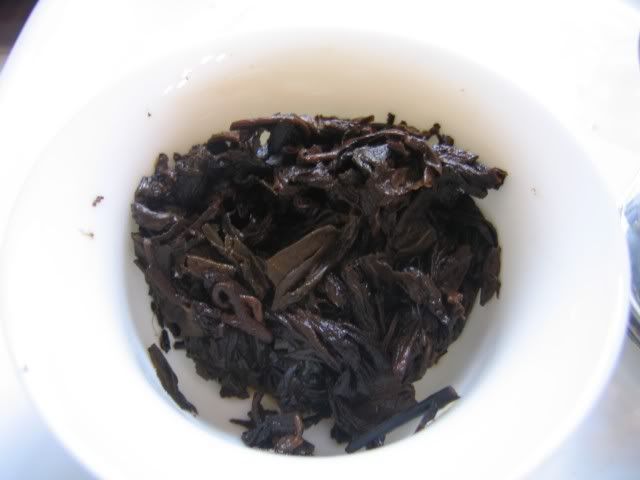
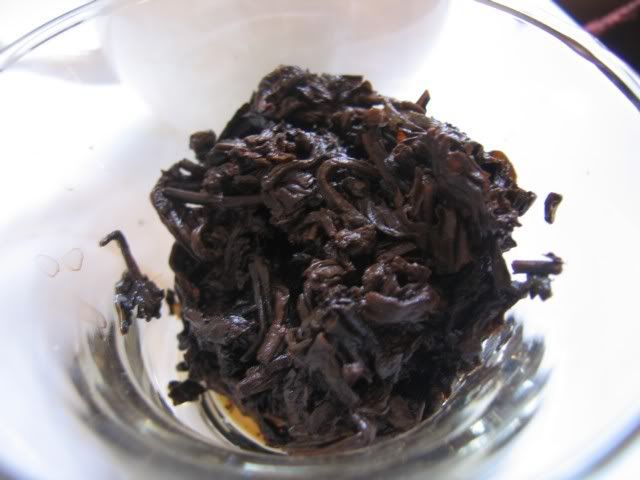
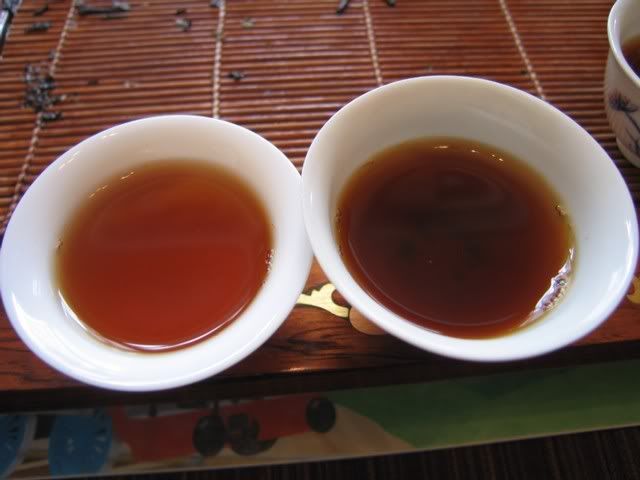
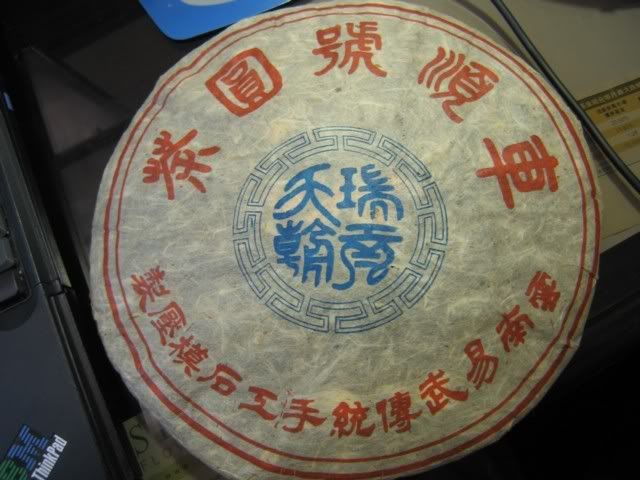
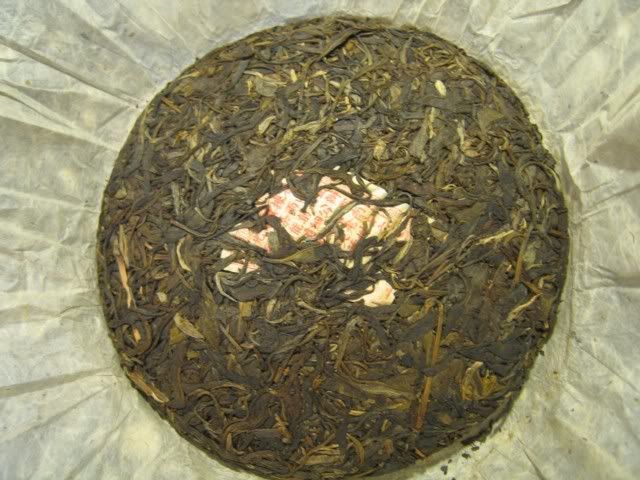
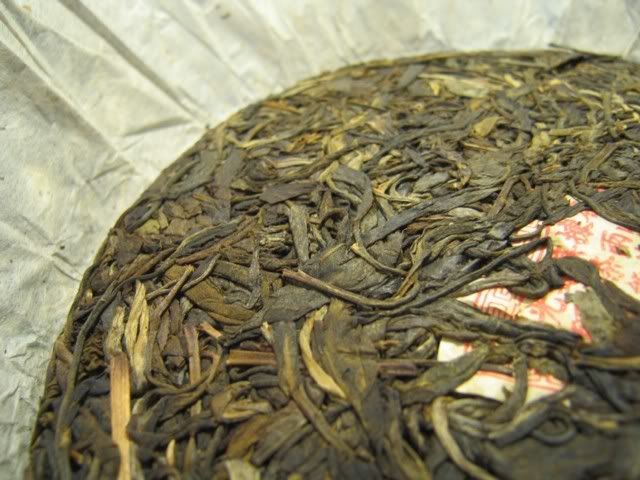
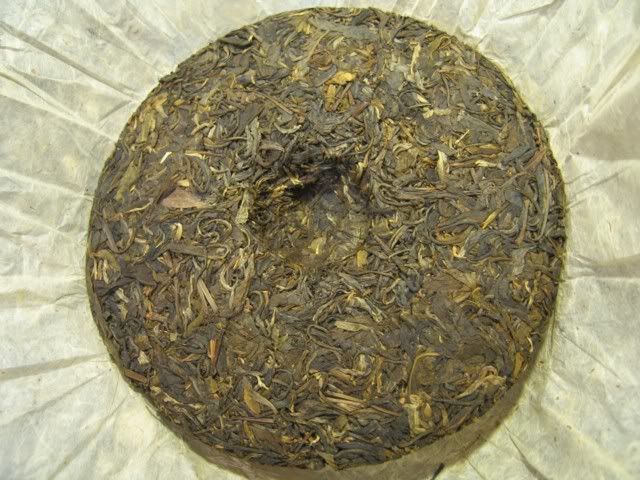

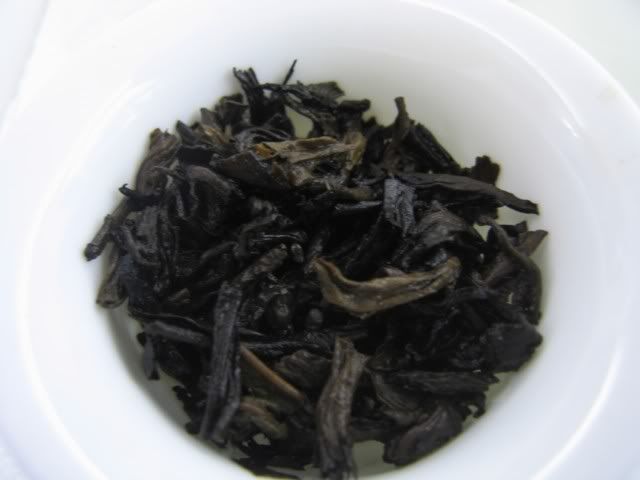

 RSS - Posts
RSS - Posts
Interesting.... would 250C in my oven work?